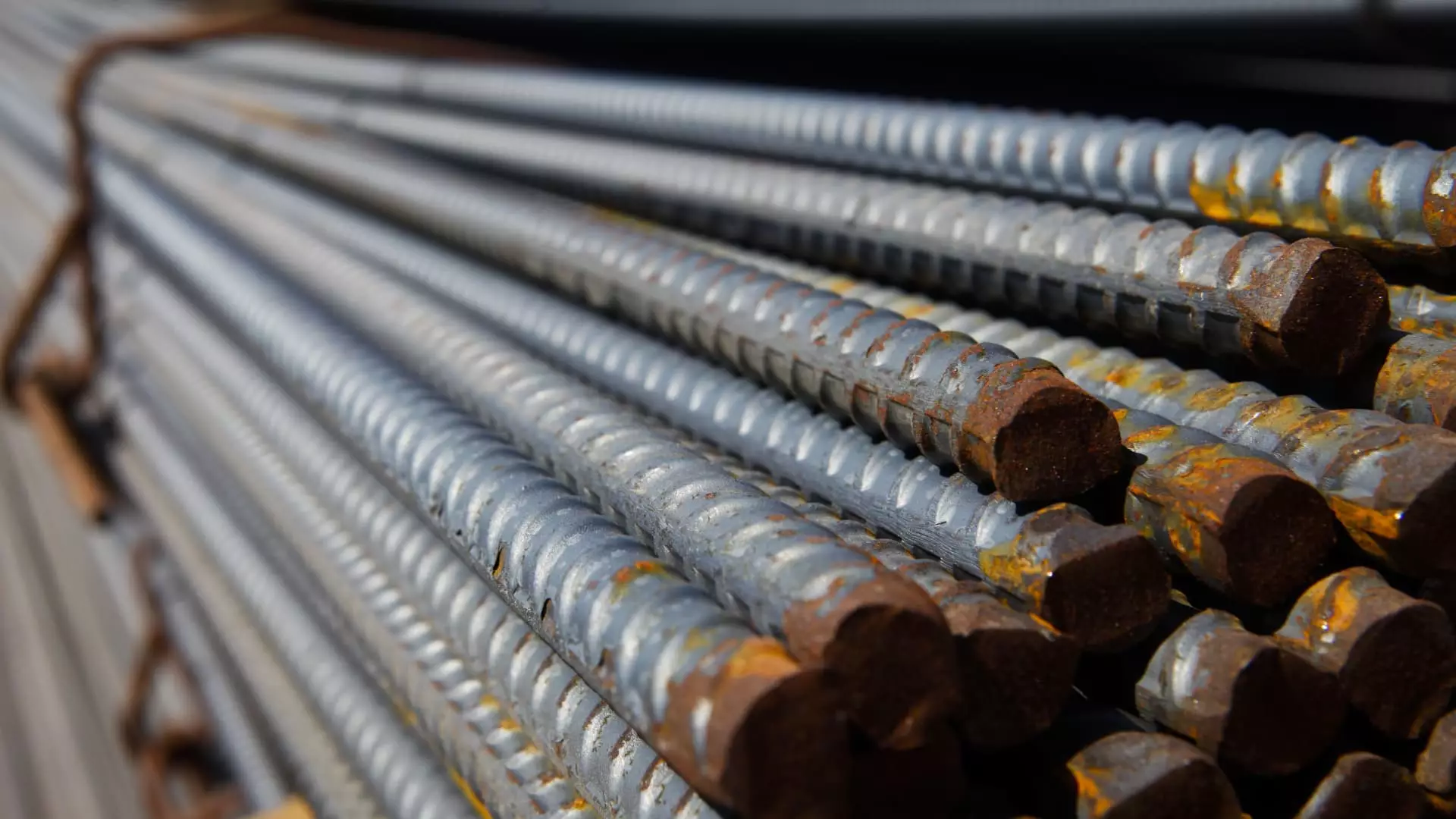Recent measures taken by President Donald Trump to impose tariffs on imported steel have generated a wave of optimism among U.S. steel manufacturers, suggesting a potential resurgence for the industry. However, as with many economic strategies, there remains an intricate web of factors that could influence the actual outcome of these tariffs over the long haul. In a bold move, Trump enforced a 25% tariff on steel imports from Mexico and Canada, while also laying a 10% tariff on imports from China. The question now arises: will these protective measures provide lasting benefits, or will they engender a new set of challenges?
The nature of tariffs is such that they raise the cost of imported goods, thus making domestically produced steel comparatively more appealing to consumers. This is especially significant given the historical context of the U.S. steel industry’s struggle against foreign competitors who have often relied on practices like illegal dumping—selling products at artificially low prices—as noted by Nucor CEO, Leon Topalian. He highlighted the unlevel playing field that has plagued U.S. manufacturers due to subsidized steel prices abroad, a situation that the tariffs intend to rectify.
The immediate response from Wall Street to Trump’s announcement of tariffs was one of cautious optimism. Following the announcement, stocks in the steel sector experienced a mixed reaction; while some companies like Nucor saw their shares rise, others like Steel Dynamics encountered a downward trend. This volatility in stock performance indicates a market still grappling with how to interpret these protective measures in light of broader economic indicators.
The Dow Jones Industrial Average’s fluctuations—initially dropping over 600 points before rallying—highlight a nervous market that often reacts to the prospect of tariffs with both hope and skepticism. Investors remain attentive to the real impacts of these tariffs, especially concerning U.S. economic growth and production levels.
Analysis from financial institutions such as Morgan Stanley suggests that while there may be a short-term boost in pricing power for U.S. steel companies, such growth could be fleeting. Although projections indicate a recovery in prices stemming from the tariffs, the anticipation of only moderate demand growth—around 1.6%—raises flags about long-term viability. The forecast points to a steadying of prices as market saturation and capacity expansions come into play.
In this context, analysts have downgraded stocks like U.S. Steel, focusing on their limited growth potential unless a significant merger or acquisition takes place. This cautious outlook is compounded by the knowledge that U.S. steel demand is heavily linked to industries such as automotive manufacturing, which may face its own pressures—potentially cutting demand significantly.
The road ahead for U.S. steelmakers is littered with potential pitfalls. Analysts warn that the tariffs, while offering some immediate relief, might not be sustainable as factors such as foreign competition, slow industry recovery, and evolving market dynamics could dampen any significant benefits. The steel sector’s reliance on the automotive industry, which constitutes a substantial portion of its demand, is particularly concerning—especially if auto production decreases, as some analysts predict.
Additionally, investment firms like UBS and Bank of America Securities have highlighted ongoing uncertainties, emphasizing that while trade disruptions might offer short-term benefits by elevating prices, these could be eclipsed by lower demand and increased production capacity. Hence, the suggestion is clear: steelmakers must be judicious and proactive in navigating this complex landscape.
U.S. steelmakers are at a crossroads influenced by recent tariff policies. While there is potential for renewed strength in the industry, the broader implications of market demand, global competition, and economic uncertainties introduce considerable risks. Stakeholders must remain vigilant and adaptable, as the interplay of tariffs, prices, and demand unfolds in an ever-evolving economic environment. The future of U.S. steel, although brightened by protective tariffs, still begs the question: can the industry sustain momentum in the face of ongoing challenges? Only time will tell if this moment signifies a true resurgence or just a temporary reprieve.

